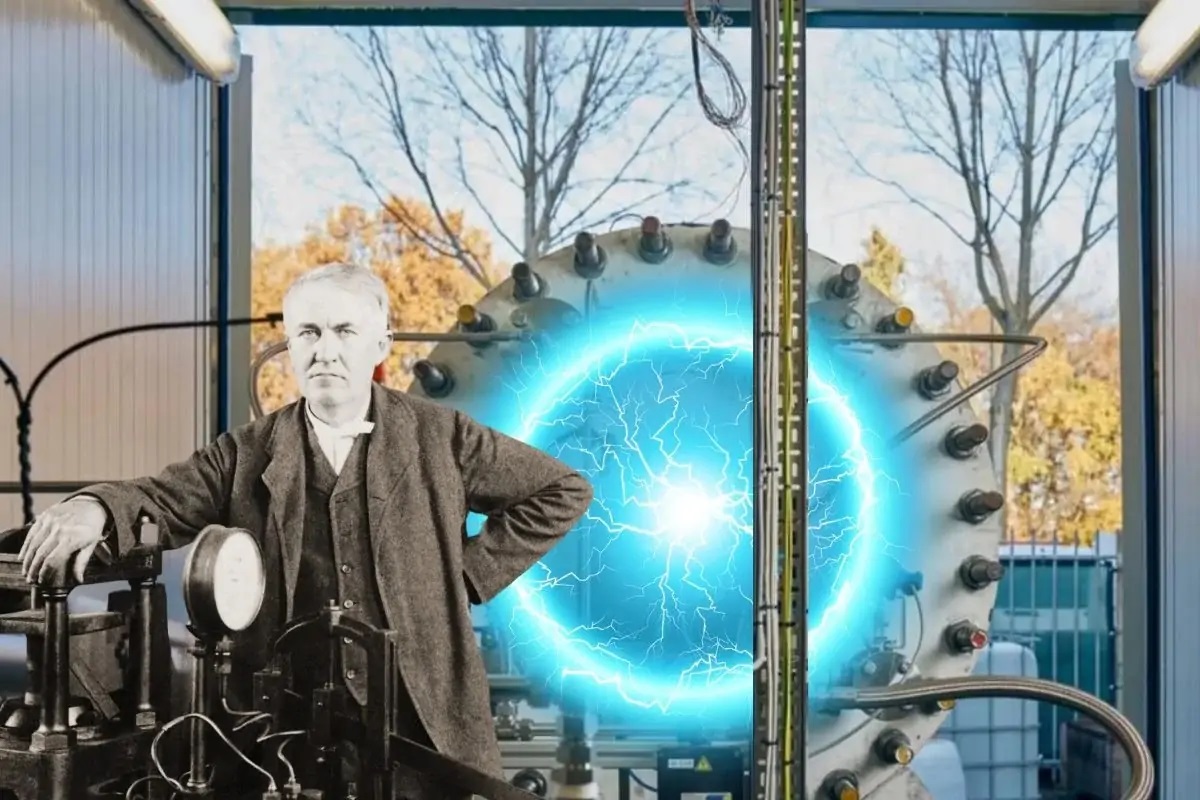A century ago, a humble nickel–iron battery seemed destined for obscurity, but its rebirth could reshape how we make hydrogen. Today, researchers have fused Edison’s sturdy chemistry with modern renewables, creating a hybrid device that stores power and generates clean fuel. The result is an elegant bridge between intermittent energy and round‑the‑clock demand.
How the Battolyser works
At its core, the Battolyser combines a rechargeable battery with an electrolyzer in one integrated system. Nickel and iron electrodes first store energy like a rugged, long‑life cell, then pivot to split water into hydrogen and oxygen.
When renewables are plentiful, the device charges using low‑cost solar or wind power. Once the battery is full, surplus energy drives electrolysis, producing clean hydrogen with no direct CO2 emissions and delivering a storable, transportable resource.
Efficiency that moves the needle
This hybrid approach achieves up to about 85% round‑trip efficiency, markedly higher than many incumbent solutions. The performance owes much to abundant, low‑cost materials and the inherently resilient nickel–iron chemistry.
Crucially, the system can produce hydrogen at pressure, simplifying downstream compression and widening its industrial utility. That versatility helps shrink balance‑of‑plant footprints and trim total costs.
Why design convergence matters
By merging storage and hydrogen in one platform, operators can extract more value from variable generation. The device acts like a flexible buffer that soaks up oversupply and feeds multiple markets.
Consider these combined benefits:
- Improved renewable curtailment management
- On‑site production of low‑carbon hydrogen
- Grid services from battery‑like response
- Reduced capex compared with separate assets
- Extended asset life via durable electrode materials
“By threading storage and electrolysis together, we can harvest every watt of intermittent energy, turning volatility into reliable value.”
Grid and market integration
In daily operation, the Battolyser can sell stored electricity back to the grid when prices peak, then pivot to hydrogen production when power is cheap. That arbitrage can stabilize revenues while supporting system reliability and relieving network congestion.
With a projected 20–30 year operating life, the platform offers infrastructure‑grade durability across multiple revenue streams.
Impact on Europe’s energy mix
Hydrogen still accounts for under 2% of Europe’s energy mix, and much of it is produced from natural gas. Rapid scaling of green hydrogen could cut emissions, bolster energy security, and seed new industrial clusters.
A device that directly couples renewables to hydrogen could accelerate deployment where clean power is abundant yet flexible storage is scarce or costly.
Deployment roadmap
Commercial plans point to a staged build‑out from a 2.5 MW technology demonstrator to a 5 MW system in 2025, culminating in installations up to 500 MW by late 2026. That trajectory suggests confidence in manufacturability, bankability, and integration with existing energy assets.
As scale rises, learning curves in stack production and balance‑of‑plant optimization should drive further savings and performance gains.
Old chemistry, new solution
Edison pursued nickel–iron batteries for early electric vehicles, valuing durability over energy density. While combustion engines won the last century, that resilience is ideally suited to today’s grid‑connected, renewables‑rich world. Delft’s update reframes a historical idea for modern climate and market needs.
The deeper lesson is that innovation often means recombining proven pieces rather than chasing entirely novel materials. By modernizing a robust foundation, we can de‑risk and accelerate clean infrastructure at scale.
See the technology in action
Below is a video overview that illustrates the concept and its system‑level advantages:
What comes next
To realize its full promise, the Battolyser must integrate with permitting, safety, and offtake frameworks, from pipelines to industrial loads. Policies that reward flexibility, low‑carbon intensity, and grid services can amplify its economics and hasten deployment.
If those pieces align, an overlooked century‑old battery could help unlock the era of abundant, affordable green hydrogen, turning intermittent power into dependable progress.

